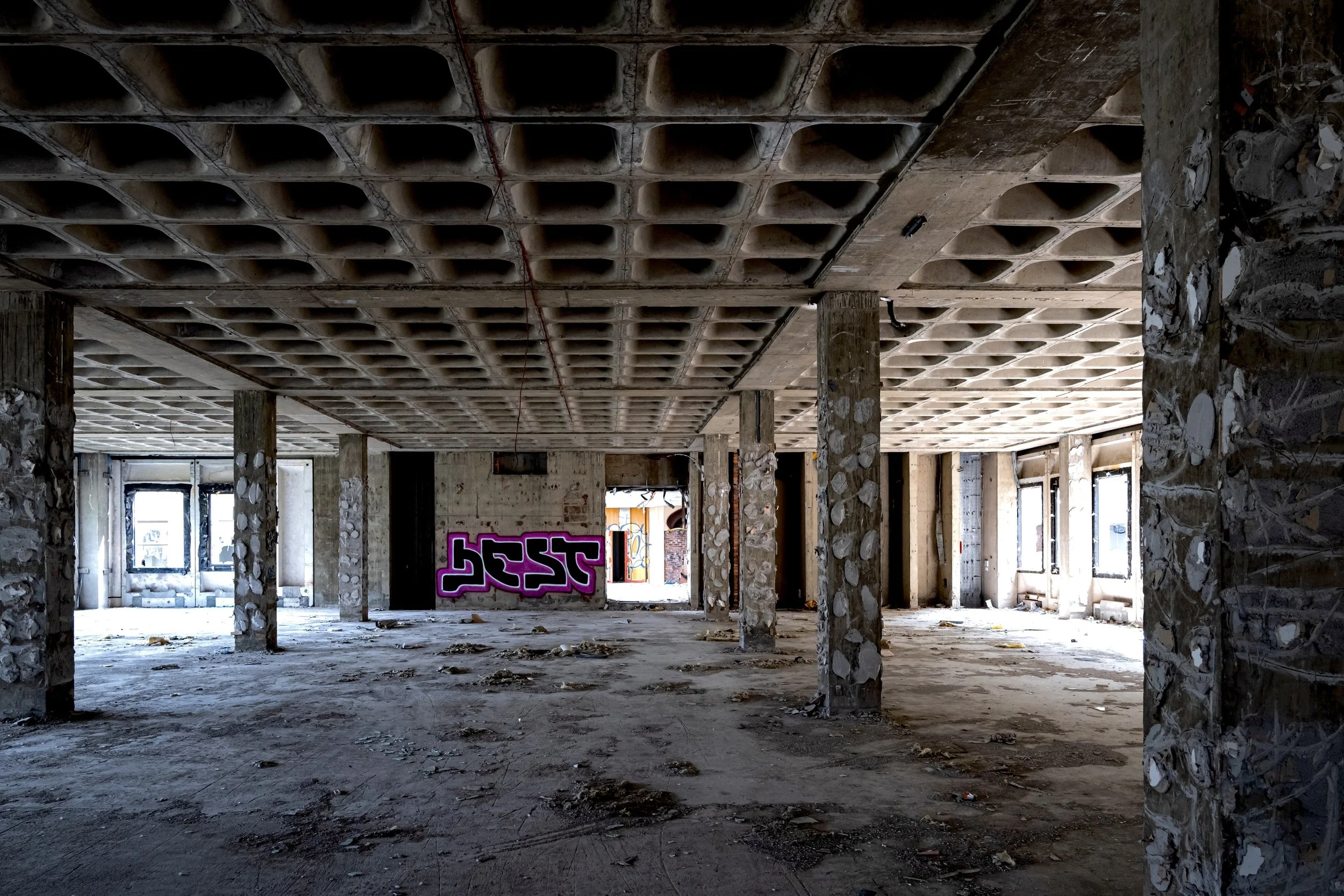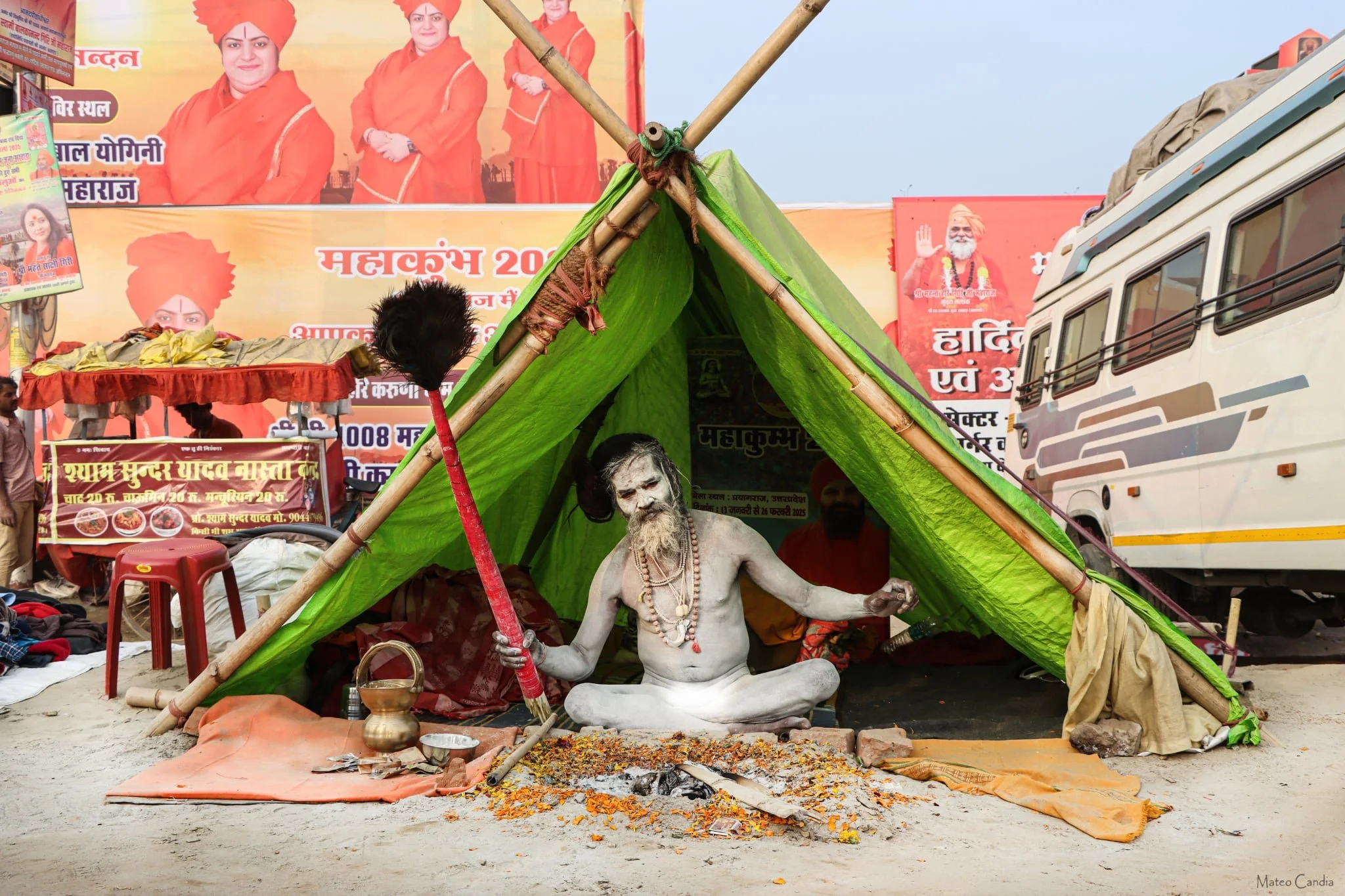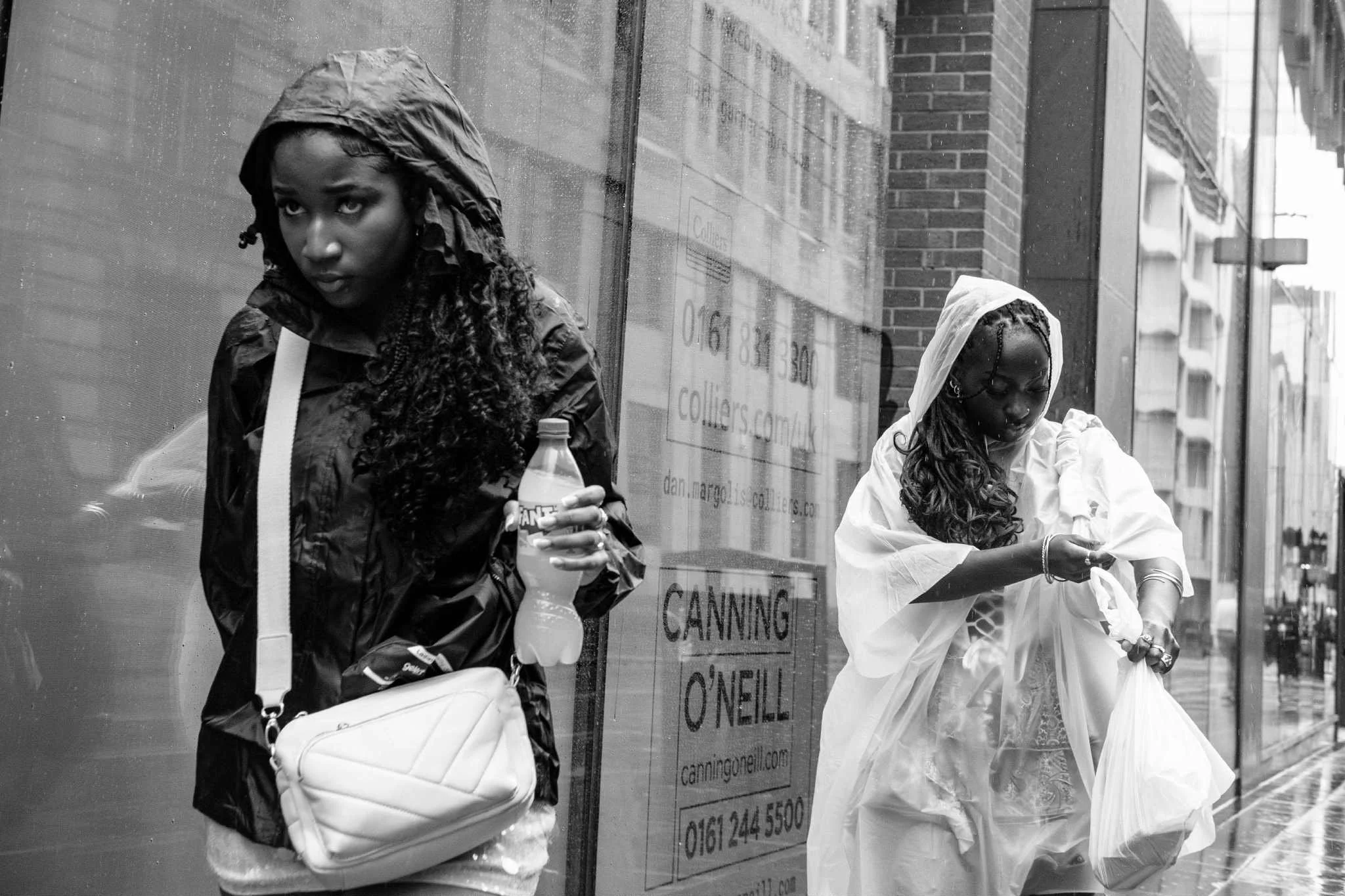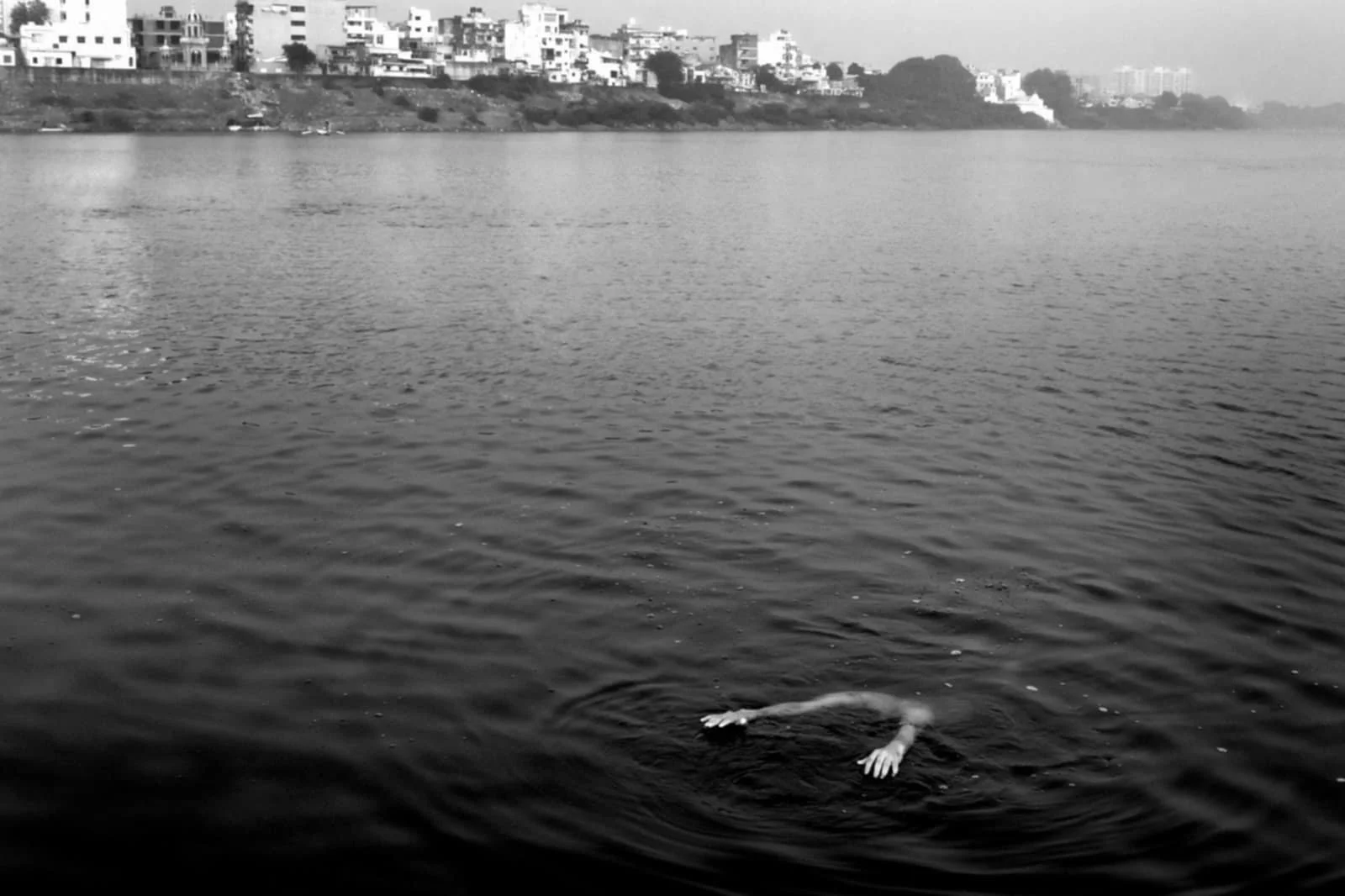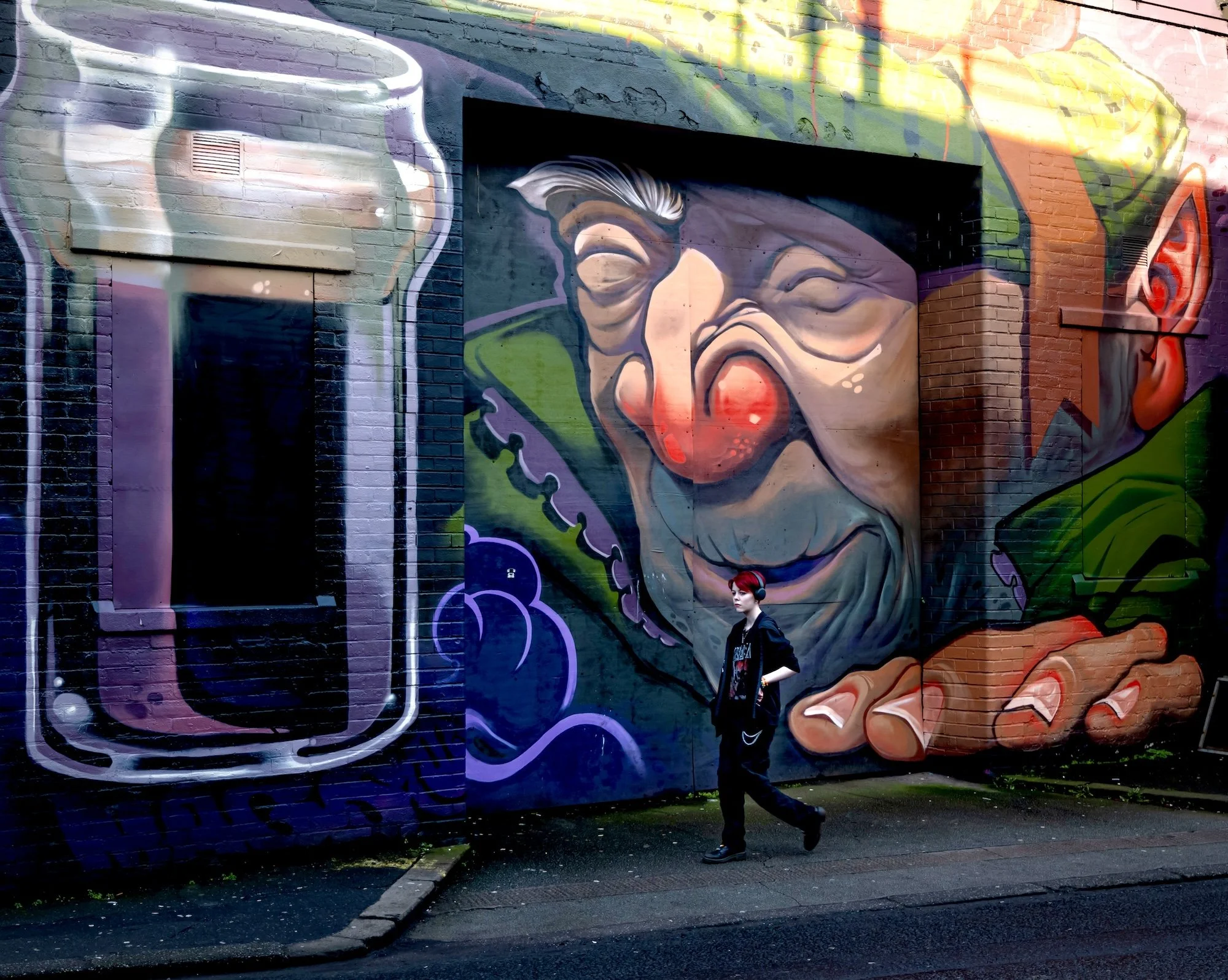Hi guys,
I want to share some insights about the importance of using traditional filters in photography.
While post-editing plays a role, there’s something truly valuable about taking the time to get the shot right in-camera.
Recently, I had the opportunity to explore Glasgow, specifically the Science Centre on the south bank of the River Clyde. The weather was almost perfect for my photography objectives, despite being a bit windier than ideal. The quick arrival of stormy clouds added a dramatic element to my long exposures, creating an interesting atmosphere.
Equipped with a sturdy tripod, my Lumix full-frame camera, and a 24-105mm lens, I set up my composition with care. I first added a polarizing filter, then experimented with two additional filters: an infrared filter and a 10-stop ND filter.
By taking full-minute exposures while adjusting various apertures and ISO settings, I was able to capture a range of shots from different angles before the rain and stronger winds cut my session short.
One of the great benefits of conducting experiments with different filter combinations on-site is that it greatly reduces the need for post-editing later on, allowing the images to maintain their authenticity.
I hope you find the shots enjoyable and perhaps consider trying similar techniques in your photography!
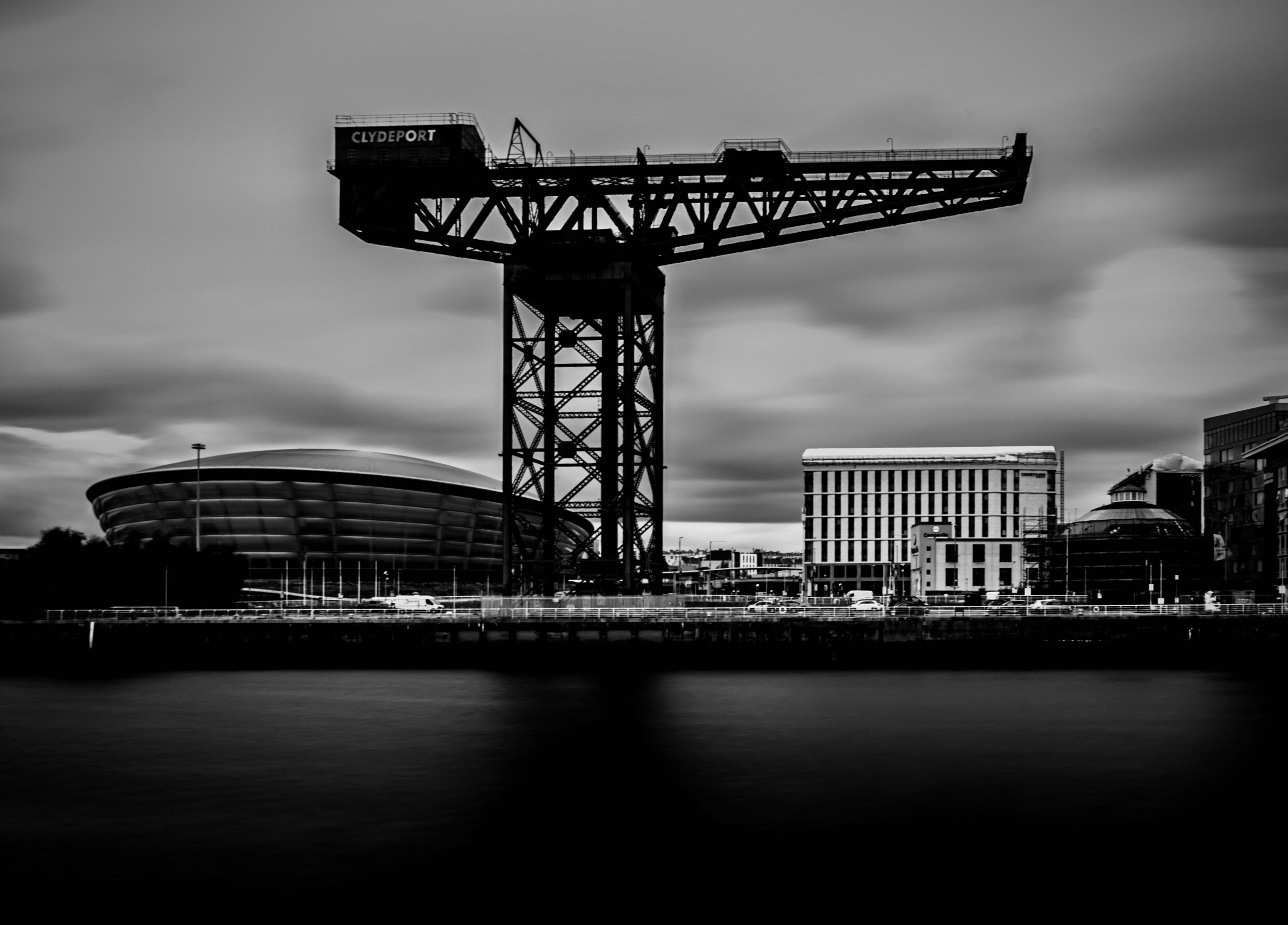
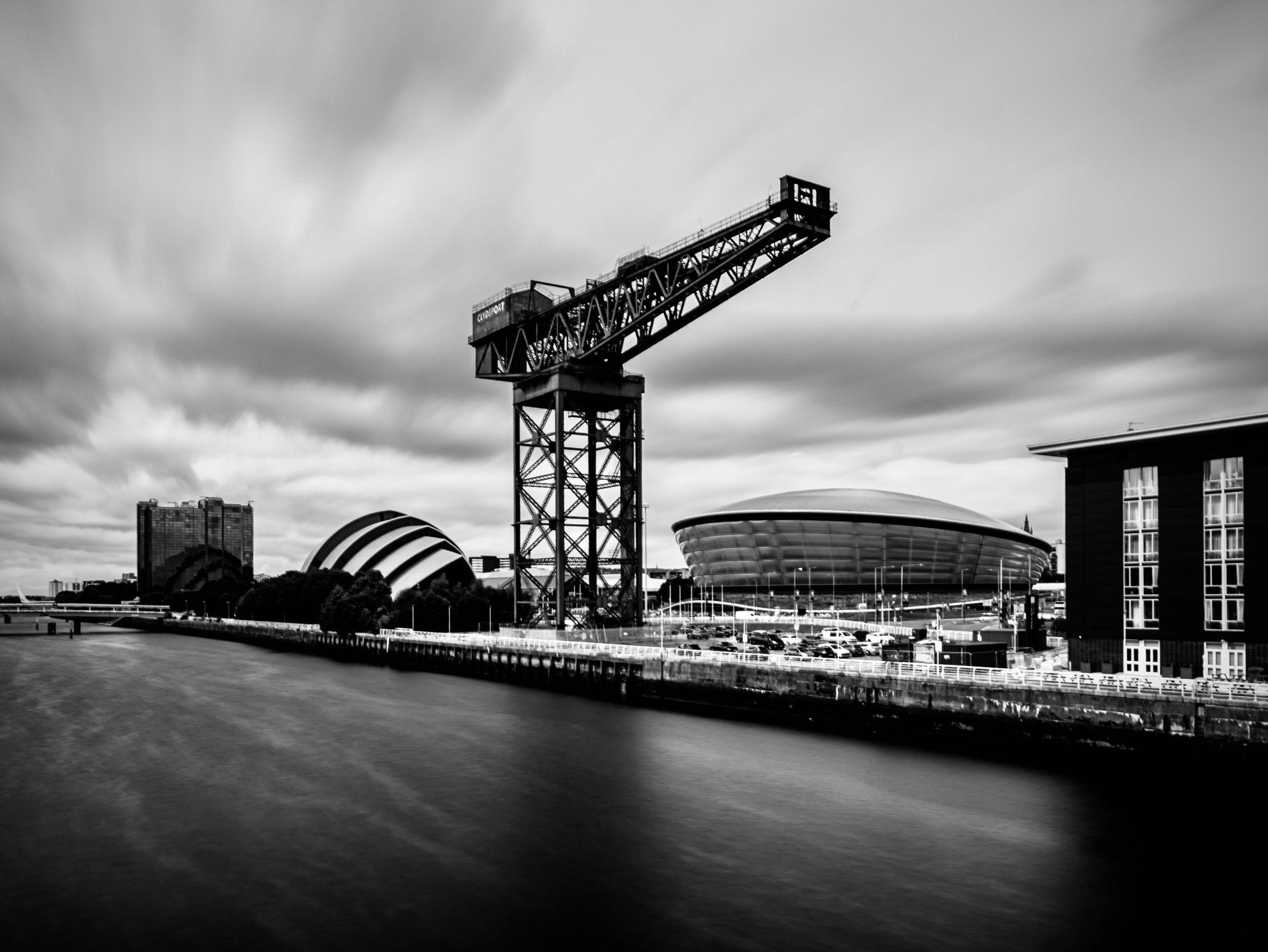
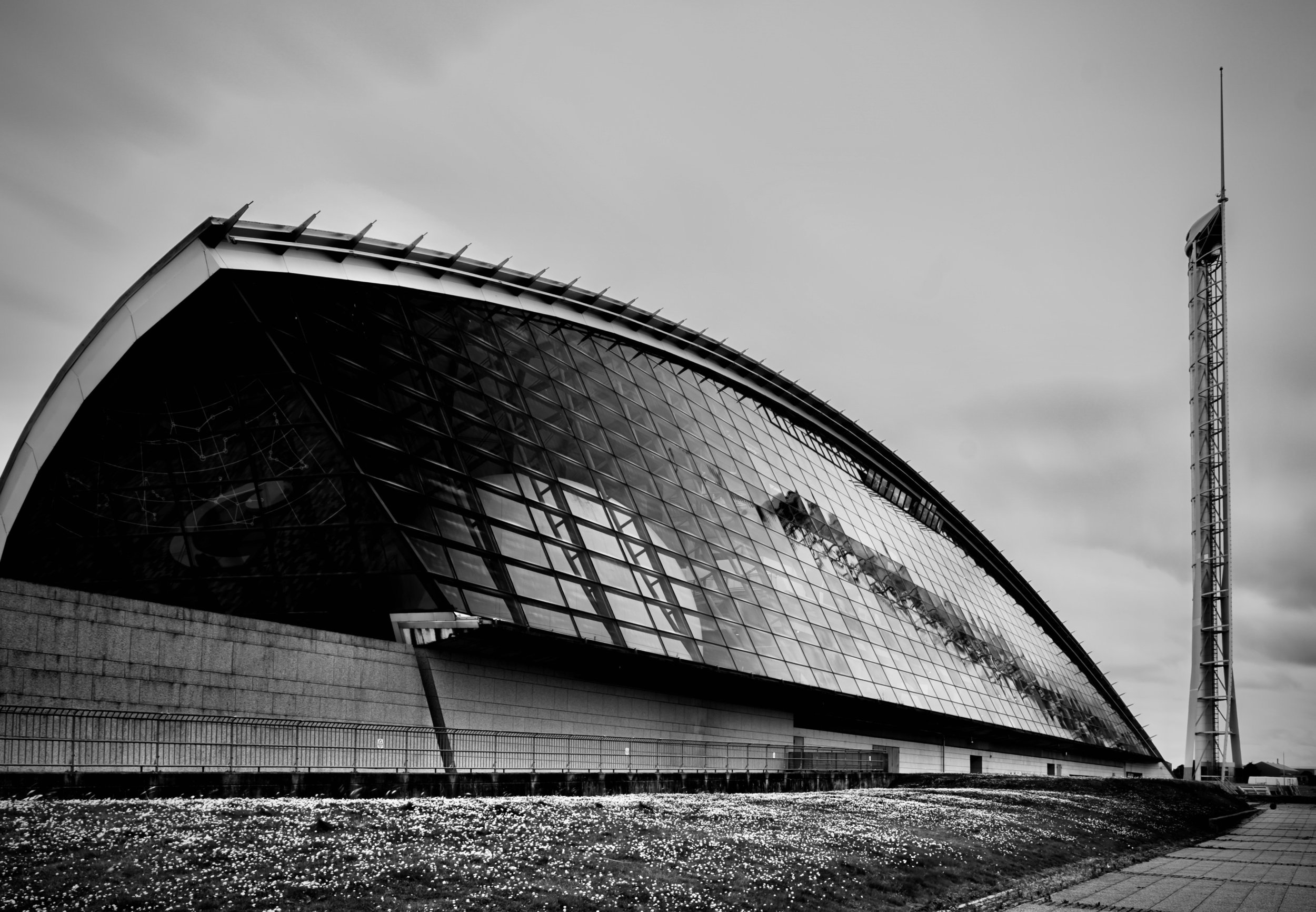
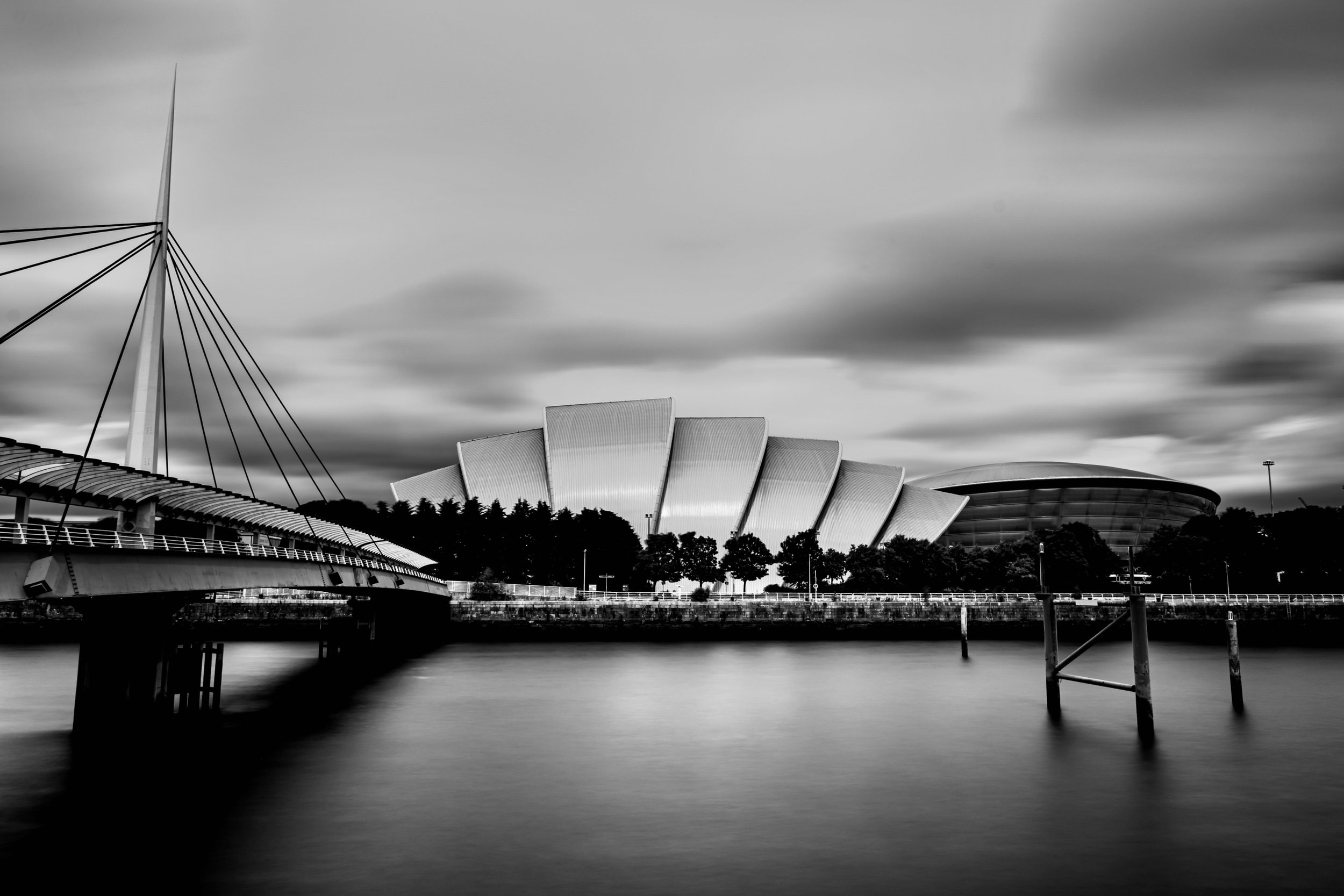
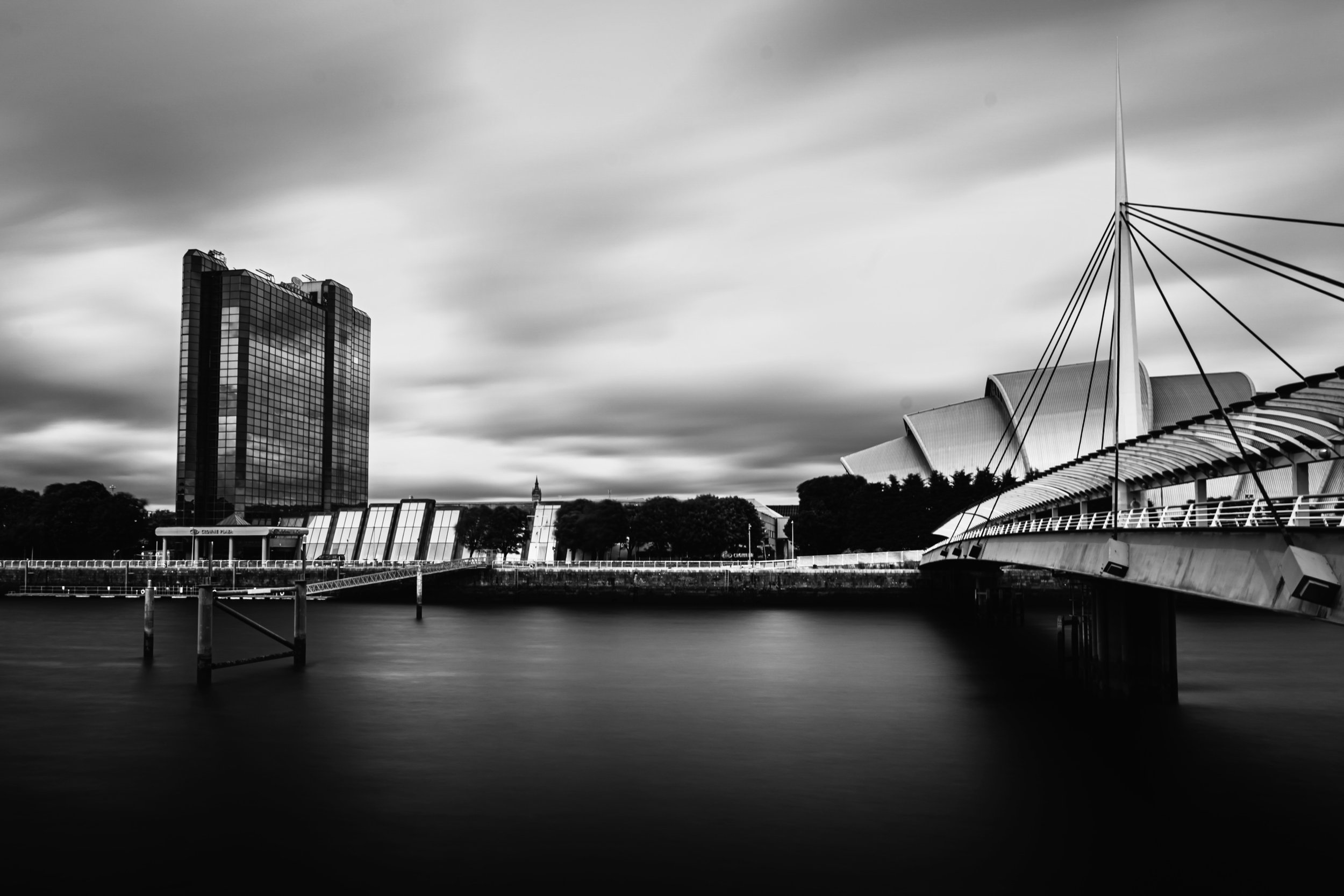
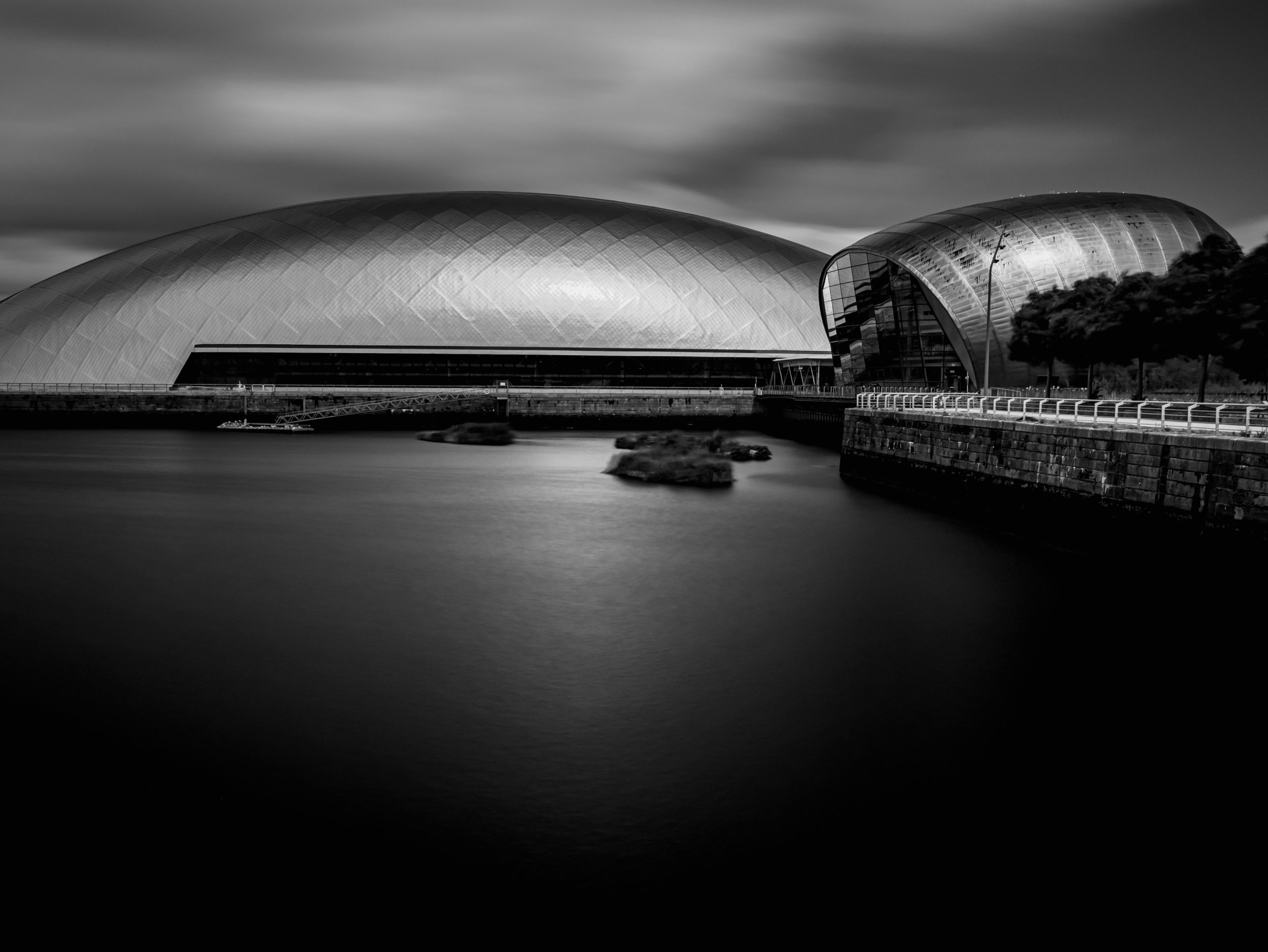
The cranes on the River Clyde, particularly the Finnieston Crane (also known as the Stobcross Crane), are iconic symbols of Glasgow's rich shipbuilding history. These cantilever cranes were vital for loading ships with heavy machinery for export. Completed in 1931, the Finnieston Crane is still a prominent landmark and a testament to the city’s engineering achievements.


